Question asked by ANONYMOUS
Is gay tantra even real? I found a book on this. I thought only straight tantra existed, not gay. Is this even possible?
How can sexual desire through yab-yum posture and so on lead to enlightenment? Where in Buddhist teachings did the Buddha even teach on sexual practices?
Why are different sects using the same deity have different traditions for the deity? That doesn't make sense on why we shouldn't mix them or even practice them. Does it matter?
If all desire causes suffering, then what would the desire of looking at a sunset even cause?
If Guru Rinpoche is so holy, then how come he had 4 wives that he used as prostitutes for "sexual enlightenment"?
Why would anyone want to worship an elephant god who's penis is being sucked by his wife? That is messed up.
Why does Vajrayana Buddhism have to be so dirty and messed up with all the sexual practices and sexual deities like the so called "Vajrayogini" and so forth?
Isn't Mahayana, Hinayana, Zen, or Theravada Buddhism much better than Vajrayana Buddhism? There is no sexual practices and is much more peaceful with vows.
If only enlightened deities have mantras, how come "unenlightened" deities like Namkar Bardzin, Guan Yin, the Chinese Earth God, Shiva, Kali, Yeshe Walmo, and so on have mantras?
































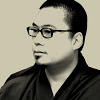










































































































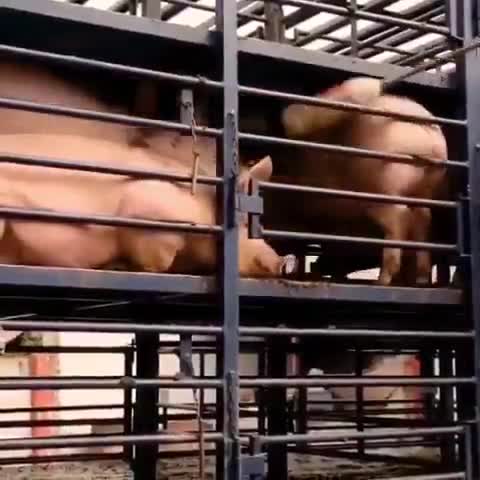




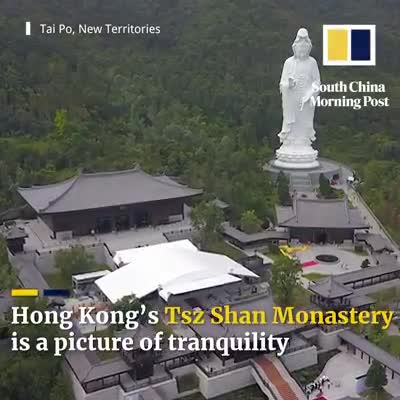

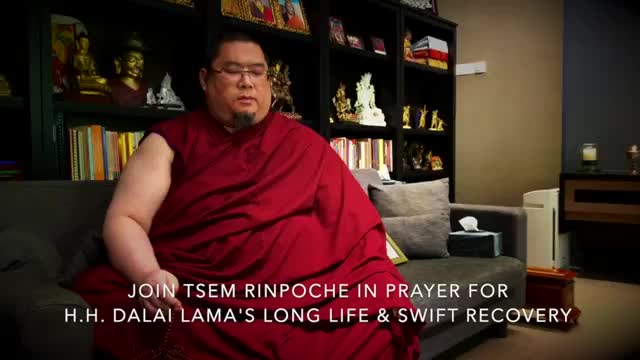

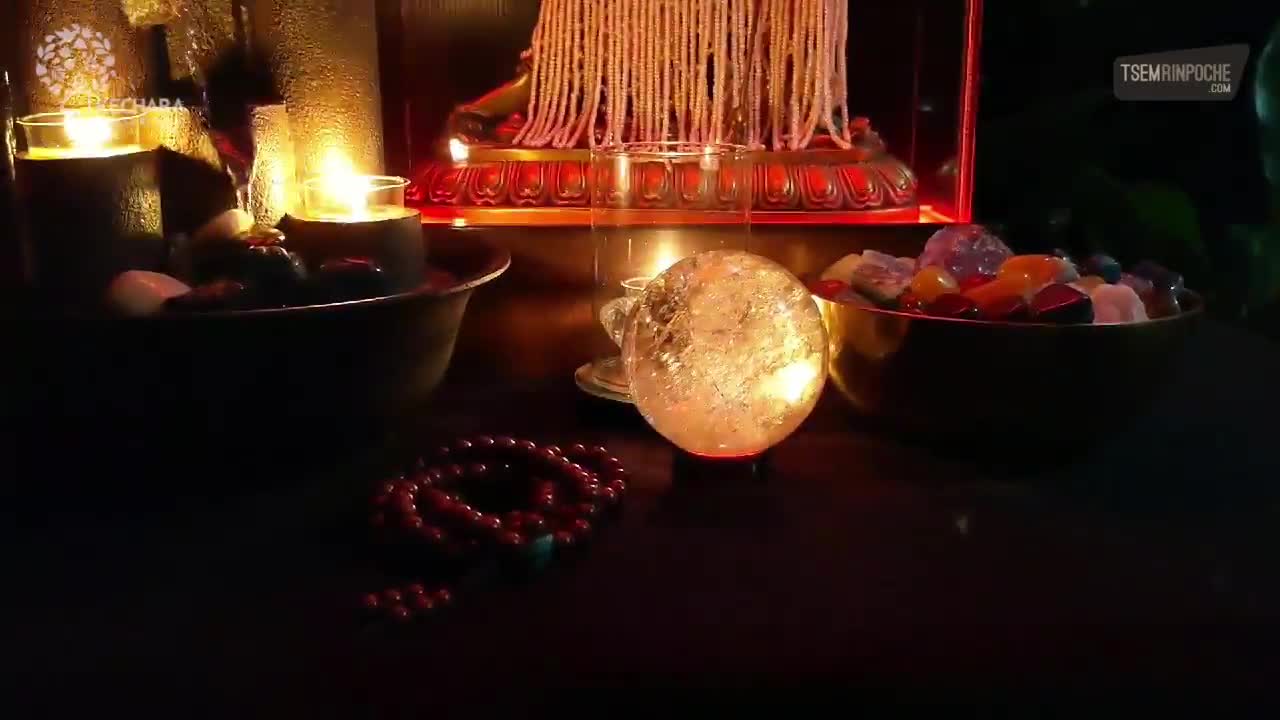

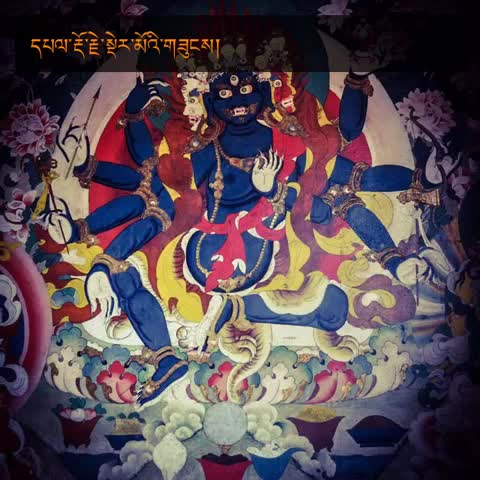
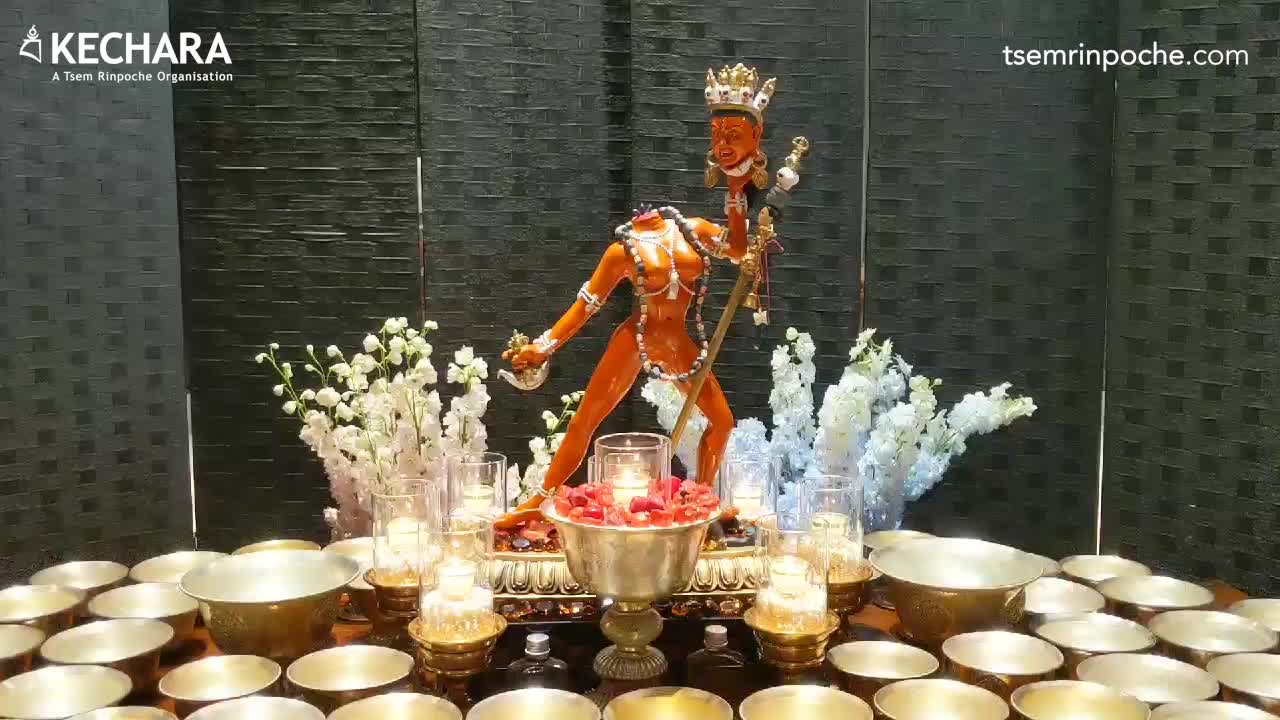













































































Anonymous,
You seem to have fallen into a common misconception in regards to tantric practice. The first is that you seem to be mixing different tantric traditions, the Buddhist practice of tantra and secondly, what is classified as ‘tantra’ within a misunderstanding of various Indian practices surrounding copulation. Buddhist tantra is not straight or gay per se, but uses male and female imagery in order to represent various energies in the body.
In regards to tantric practice, it is not the actual act of copulation that leads to enlightenment but the movement of the psychic winds or energies in the body that the act can induce, and the various mediations to do with these energies in the body.
The Buddha taught these practices himself, in various forms, such as Vajradhara. While it may seem to the casual observer that this does not accord to prevalent Buddhist practice, it is actually based on the Mahayana tenets and is a part of the Mahayana school.
In regards to different lineages having different practices for the same deity, actually this is important. The reason for is that the blessings of the enlightened beings, and therefore the power of the teaching to be successful in leading to higher states of mind and ultimately enlightenment, flows through the unbroken lineage that exists between a teacher and student. Over time, as various enlightened teachers clarified the tantras, there developed a variation in how the tantra was practiced between different traditions. Therefore a practitioner of lineage A, would not practice as described in lineage B, because that practitioner would not have received the teachings or blessings of the lineage B. This may sound odd, but in fact adheres to all other Buddhist practices regarding vows. For example, in Mahayana monastic ordination there are three traditions: Mahasamgika, Dharmagupta and Sarvastivadin. Those who have taken ordination in the Dharmagupta tradition would not practice the vinaya, study the commentaries, etc. according to the Sarvastivadin, as they would have received the living vows from the Dharmagupta tradition. The vows and blessings, and practice, would need an unbroken link back to Buddha Shakyamuni to be authentic Buddhist ordination vows. Therefore not mixing traditions, is something that is extremely important, not only in tantric practice but for all practices, such as the pratimoksha vows.
The next question you asked is about desire, and what desiring to look at a sunset would cause. While on the outer level this desire seems simple and does not involve harm towards others, therefore will not accrue heavy negative karma, this simple desire reinforces your suffering on the subtle levels in the mind. This is because it reinforces our ignorance of the very nature of reality. Our desire to see a sunset is due our mistaken concept of the non-existent ‘I’ wanting something. This ‘I’ does not in fact exist in the manner we think about or operate from. This was the crux of Buddha’s teaching and when you realise this, you are said to have realised the emptiness of non-inherent existence.
Guru Rinpoche did not have four consorts, but five. They are named Yeshe Tsogyal, Mandarava, Shakyadevi, Kalasiddhi and Tashi Khyidren. He in no way used these holy consorts, who were emanations of the enlightened beings, as prostitutes. In fact they aided him in his enlightened works to preserve and spread the Dharma, while compassionately helping others. They showed that any type of person can achieve the enlightened state. On another note, what you class as holy, and what is actually holy are two different things. Here you use the word prostitute with an extremely negative connotation, but this shows that you have not understood the Buddha’s message of love and compassion, and the same equal ability that we all have to achieve enlightenment, no matter who we are.
In regards to the iconography of Ganapati, you are disgusted because a) you do not understand the meaning behind the iconography and b) because you are caught up in your own preconceived notions of what is good and bad, which the Buddha advised against as you will not understand the true nature of reality and ultimately attain enlightenment. Perhaps from your culture, this sort of deity is not worshipped, but in many cultures around the world, especially the older ones, this sort of imagery is not uncommon.
Vajrayana is in no way ‘messed up’ as you have put it. In fact it is because people do not take the time to understand it before passing judgement, and based on their mistaken concepts, that it is judged exactly as you have judged it. By the way, Vajrayogini is a form of Buddha Shakyamuni himself. To say that Buddha Shakyamuni would never arise in such a form, or teach such a practice is to limit the compassion of an enlightened being. You cannot possibly ascribe your own views onto a being that has limitless compassion and is ready to help all sentient beings in any number of ways.
As I mentioned earlier, Vajrayana is based on the Mahayana school, which is necessarily based on the Theravada school. Therefore you cannot possibly say that one is better than the other. Within the Mahayana school, the Vajrayana path is said to expedite the spiritual journey to enlightenment, but attacking and using the afflictive emotions that bind us to samsara. This is one of the reasons that tantric imagery is full of what can be mistakenly labeled as desire, violence, etc. You state that these other schools have vows, but what you forget is that tantra is based on these very same vows. Whilst Mahayana practitioners take the refuge and bodhisattva vows, tantric practice is even stricter as there is another entire set of vows that one needs to keep in addition to those previously mentioned.
In fact the use of physical consort is not necessary in tantric practice to achieve enlightenment in this life. You can visual a consort (ideal for monastics who practice tantra) or achieve the same exact movement of the winds through the practice of inner heat meditation. In fact, engaging in physical consort practice is restricted to those who are not monastics, and who have received the appropriate Highest Yoga Tantra initiation, and who are of the sharpest intellect with an excellent understand of the sutric path and who have practiced it, and who are known to have meditative stabilization and control over their desire. If these requirements are not met, the practice rather than being beneficial on the spiritual path, will deteriorate and bind the person further to samsara. This is one of the reasons that tantric practice is kept secret, even though it has the potential to lead a practitioner to enlightenment, it also has the potential to bind a person further to samsara. That is the reason why the teachings are not freely given.
Lama Tsongkhapa the founder of the Gelugpa lineage, himself a very holy monk and master of sutra, was also a very accomplished tantric practitioner. He advocated for the monastic community to adhere to their vows, so was against engaging in tantra using a physical consort for non-lay practitioners. Instead he focused on the other methods of achieving the same results. Therefore your statement that the other schools are better than Vajrayana is somewhat mistaken.
Both enlightened beings and non-enlightened beings have mantras. I’m not sure where you read that only enlightened beings have mantras. However, if the statement is amended, then it becomes true – only enlightened beings have mantras that can bring you to enlightenment yourself. Unenlightened beings have mantras that are used to invoke their energies for other aspects of life, such as bringing material resources for survival and sustenance, or for clearing obstacles for the actual practice of the Buddha’s teachings. I hope this clarified any misunderstanding you may have had. Thank you.